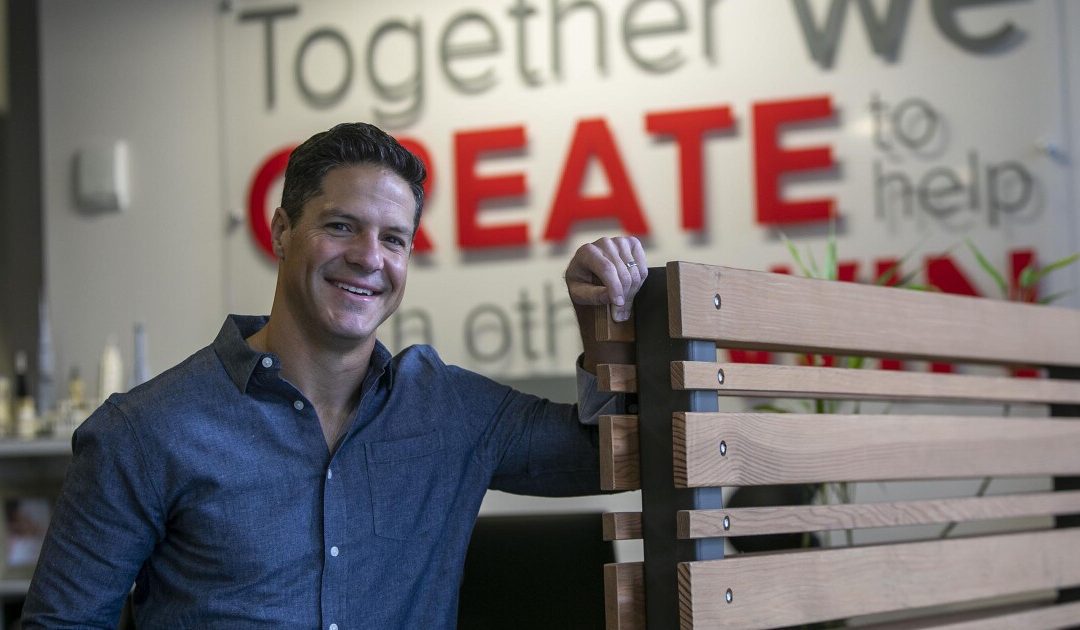No Ego Here
Reid Carr, president of Red Door Interactive, was ready to take action. But where should he start?
Goldenhill International M&A Advisors (formerly Westchester Associates), a Chairmen’s RoundTable (CRT) sponsor, referred Carr to the CRT, a diverse group of seasoned executives who offer free strategic counsel to growing businesses. “I was completely open to the CRT’s mentorship process. In fact, I welcomed it,” said Carr. “There’s no ego here. I had no doubt we could make operational changes to increase profit and I was willing to do whatever it took to get us there.”
Where Did the Profits Go?
Although Red Door Interactive was seeing year over year revenue growth, its profits were slipping away. After factoring in the below market salaries of its owners, already-slim profit margins profits turned into a loss.
The CRT mentors gathered initial data to understand the company’s business model. They looked at how projects were billed and reviewed revenue categories. They also identified the key metrics that were correlated to profitability on projects. “The whole process was insightful,” said Carr. “It forced me to dissect where our money came from and take a hard look at our billing structure, our clients, and our service offerings. Through the process, we identified which revenue categories were more profitable, and which clients were more profitable. Conversely, some types of projects and some clients were a clear revenue drain. Armed with this information, it was easy to see what needed to change.”
Looking Below the Surface
As part of its effort to gather the information CRT mentors requested, the company revised its revenue tracking and reporting. This action immediately moved the company closer to direct expense accounting. New processes were implemented to track project profitability. Stand-alone profit and loss statements were prepared for each business and customer segment.
“We were able to identify some of the common characteristics of unprofitable projects, services and clients,” said Carr. “We have used this information to modify our billing rates, streamline our services and create a profile for our ideal client.”
Armed with this valuable information, Carr acted swiftly to change the mix of projects, clients and services. Revenues stayed on its aggressive growth track and in just a few months after the mentoring assignment concluded, profit margins trended up. For the first time in the company’s history, the owners were able to set aside fair market salaries while booking solid profits. “We’re keeping our eye on the metrics,” said Carr. “We understand what drives profitability and we have created an environment, guided by better visibility, which pushes the entire company toward delivering superior service while improving our financial results.”
“Our CRT mentors forced us to look closely at our business,” said Carr. “When you are entrenched in the day-to-day, you tend to look at surface level issues. But working with CRT has taught me that that with the right processes and systems in place, you can stay on top of what lies below the surface. And that’s where you’ll find the answers.”
- Revenue growth, but lower than desired profitability
- Financials not being used as a management tool
- Financial statements of the company did not reflect true operating costs (due to below market salaries for owners)
- Examine the profitability of different services and customer segments
- Identify the metrics that are correlated to profitability on projects
- Move to direct expense accounting
- Look for common causes of cost overruns on projects
- Profit margins increased, even with the additional expense of fair market compen-sation of owners
- Company gained solid understand-ing of what drives profitability and initiated processes to track project profitability
- Defined ideal customer and now refers out opportunities that aren’t a fit

